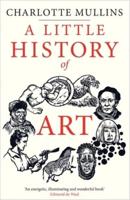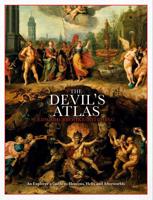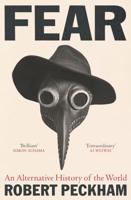Publisher's Synopsis
Yes: mice really can sing; and in 1843 one captured in a London slum was summoned to give a command performance for Queen Victoria's children. Meanwhile, the humbler sort could see elephants, dogs and camels upon the popular stage; monkeys parachuted out of balloons; and now and then bears, baboons, lions, tigers, kangaroos and Tasmanian devils racing about British streets, fields and rooftops. Parrots, dogs and monkeys solve crimes and settle legal disputes; a Kentish woman suckles orphaned fox cubs; and a group of American dogs hold a funeral for their dead friend. Railway Jack, perhaps Britain's biggest canine celebrity, travels on trains from Edinburgh to Paris and is presented to royalty. Dogs and cats achieve feats of homing which continue to bewilder modern scientists, or take themselves to hospital for treatment. Parrots act as railway announcers; and an elephant is tried for manslaughter. Alligators are sent by post; an actor rides a rhino into Covent Garden; and a bull attempts to join an old lady in bed. These and many other stories from the nineteenth century press raise intriguing questions: can chimps and monkeys talk? what are the nature of animal ethics and grief? how many animals have friends, pets, or foster children? How human are certain animals, and what do these stories say about human nature itself?








